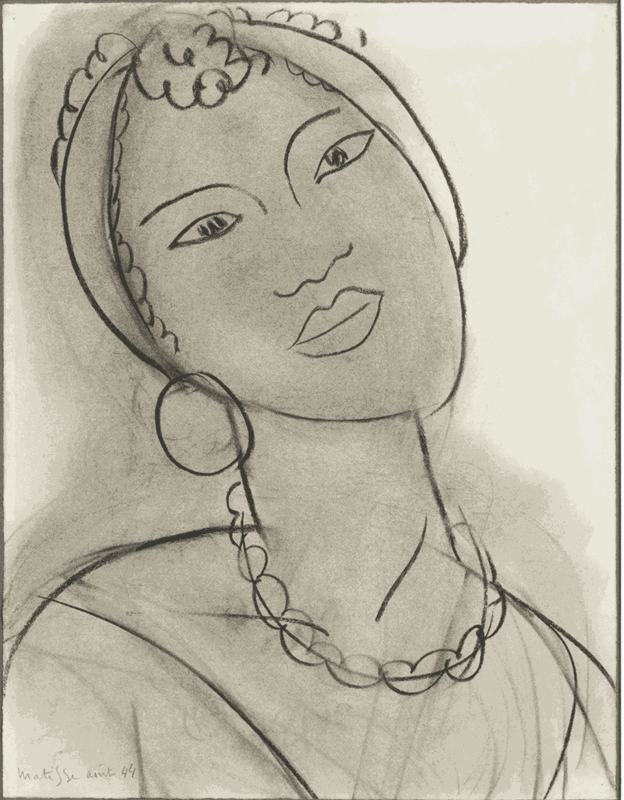"What characterized Fauvism was that we painted as we liked, without worrying about how it was done. We tried to paint in the most direct way possible, with the strongest color we could."
Henri Matisse (1869–1954) was a prominent French painter and a leading figure in modern art, best known for his role in the Fauvist movement. Born on December 31, 1869, in Le Cateau-Cambrésis, France, Matisse initially studied law before turning to art. He trained at the École des Beaux-Arts and the Académie Julian in Paris.
Matisse is celebrated for his vibrant use of color and innovative approach to form. His Fauvist work, exemplified in pieces like "Woman with a Hat" (1905) and "The Joy of Life" (1905–1906), is characterized by bold, non-naturalistic colors and expressive brushwork. In the later part of his career, Matisse explored cut-out techniques, creating influential works such as "The Snail" (1953).
Despite health challenges in his later years, Matisse’s creativity flourished, and his work continues to be celebrated for its beauty and impact on modern art. He passed away on November 3, 1954, in Nice, France.
